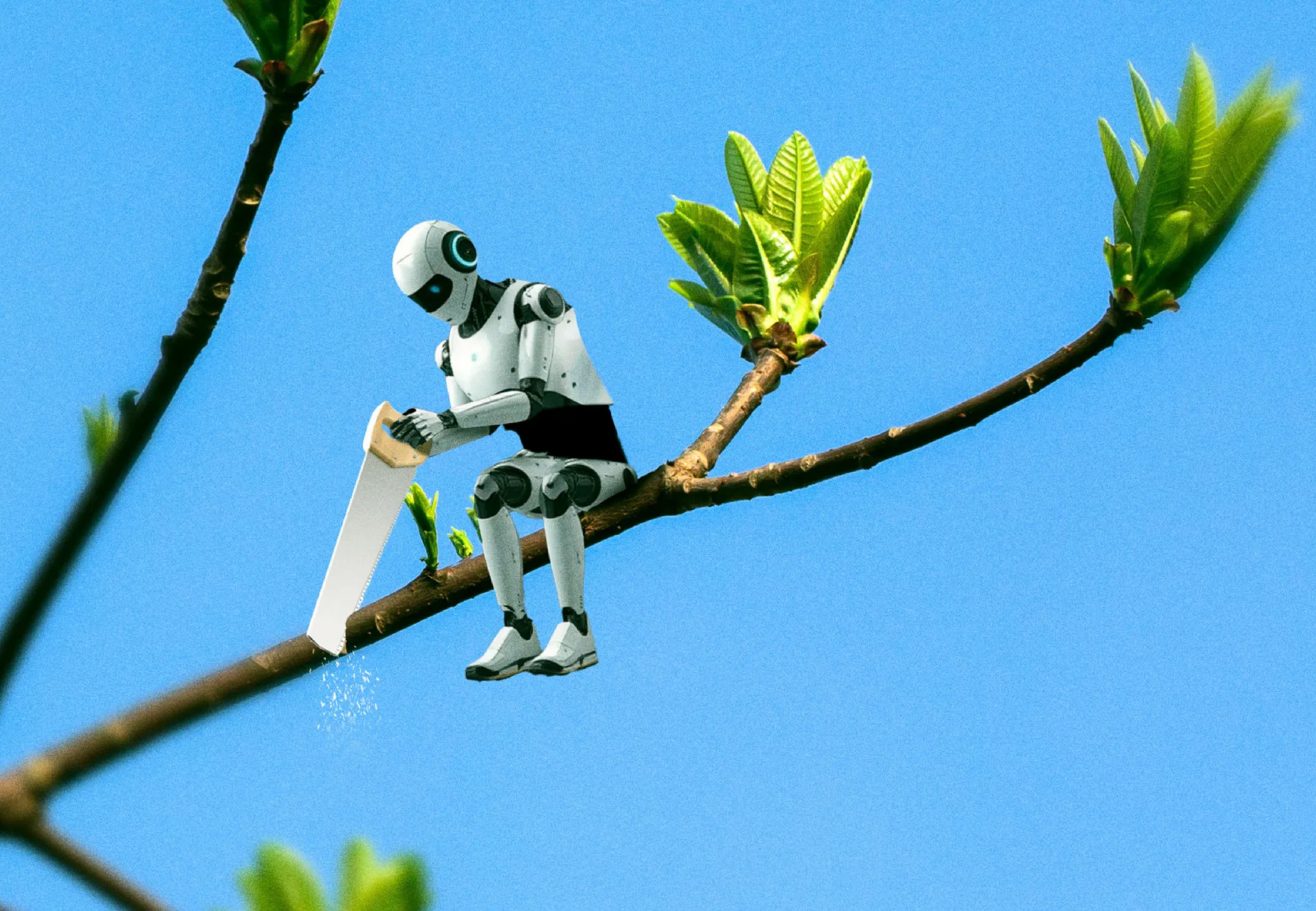“Women, particularly older women, are the most powerful, yet underserved, consumer group in the longevity economy.”
— Joseph Coughlin, The Longevity Economy
This line hit me with clarity and fire. Not because it was surprising—but because it named a reality I’ve lived across multiple domains: as a woman navigating science, investing, entrepreneurship, and caregiving.
Too often, the longevity economy is built on outdated models—designed around a mythical 65-year-old man—when in truth, the future of aging is being shaped, held, and driven by women.
Women: The Architects of the Longevity Economy
Joseph Coughlin lays out the facts in The Longevity Economy:
- Women live longer than men.
- They are the primary decision-makers in healthcare, household spending, and caregiving.
- They make up the majority of informal care networks and manage cross-generational health and financial decisions.
- They are staying in the workforce longer, re-skilling, founding companies, and redefining leadership well into their 60s and 70s.
Despite all this, women—especially older women—remain invisible in product design, policy, and innovation.
As Coughlin writes: “We’ve spent too long designing products for a stereotypical elderly man… It’s time for a shift in perspective.”
And I would add: it’s time to center women as both the insight and the innovation.
Why Aging Is More Than Biology
The way we age isn’t just shaped by medicine or biology—it’s shaped by mindset.
In her book Breaking the Age Code, Yale psychologist Dr. Becca Levy reveals just how powerful our beliefs about aging truly are. Backed by decades of research, she found that positive attitudes toward aging can add more than 7 years to your life, while negative stereotypes can accelerate decline in physical and cognitive health.
She writes:
“Changing our views of aging is not just a cultural or social imperative—it’s a biological one.”
In other words, age is not just something we move through—it’s something we help construct, mentally and socially.
For women—especially those expected to juggle caregiving, professional reinvention, and personal well-being—this insight is a call to reclaim the narrative. We must challenge the outdated, often invisible, expectations placed on us as we age—and cultivate a mindset that embraces strength, creativity, and adaptability in later life.
Experience as Insight, Not Exception
While I don’t speak from a single academic discipline, I do speak from the vantage point of a woman who’s moved across multiple worlds—science, business, health, and performance—while watching the gaps in how aging women are served, understood, or seen.
Over the years, I've been an observer, participant, and strategist in the spaces where decisions are made—about health, about care, about capital, and about how we define success over a lifetime.
That lived reality has shaped how I think about Longevity Intelligence™—not as a fixed framework, but as an evolving mindset for those navigating long lives with curiosity and purpose.
Women know how to adapt.
We’ve done it quietly, constantly, and often without recognition.
Now it’s time to design systems that reflect that strength—and celebrate it publicly.
Innovation Misses the Mark—When Women Are Missing
The longevity market is growing. But the products remain behind.
We see:
- Financial tools that assume linear careers
- Wellness tech designed by and for 30-year-old men
- Health apps that ignore hormone transitions, caregiving burnout, or multi-stage lives
- Media that praises “anti-aging” while sidelining lived wisdom
Coughlin is right:
“By failing to address the needs and desires of older women, companies are not just leaving money on the table—they are missing out on shaping the future of consumer markets.”
And Dr. Levy adds the science to this insight:
How we design for aging shapes not just perception, but physiology.
What Now?
If we’re going to build a thriving longevity economy, we must do more than extend lifespans.
We must:
- Change the stories we tell about aging
- Center women as agents of innovation, not afterthoughts
- Design for complexity, not stereotypes
- Promote aging as a source of power, not decline
As Dr. Levy writes, “The way we talk about aging becomes the way we age.”
So let’s talk differently.
A Personal Note to the Innovators
If you're a policymaker, founder, investor, or designer reading this:
Know that older women are not your “niche market.”
They are your main engine of trust, spending, care, leadership, and experience.
If you’re serious about longevity, start here.
Not with the tech. Not with the funding.
But with the women who’ve been living the future all along.
Join the Conversation
What stories, products, or ideas have you seen that truly reflect the lives of aging women?
Let’s share—and start designing accordingly.



